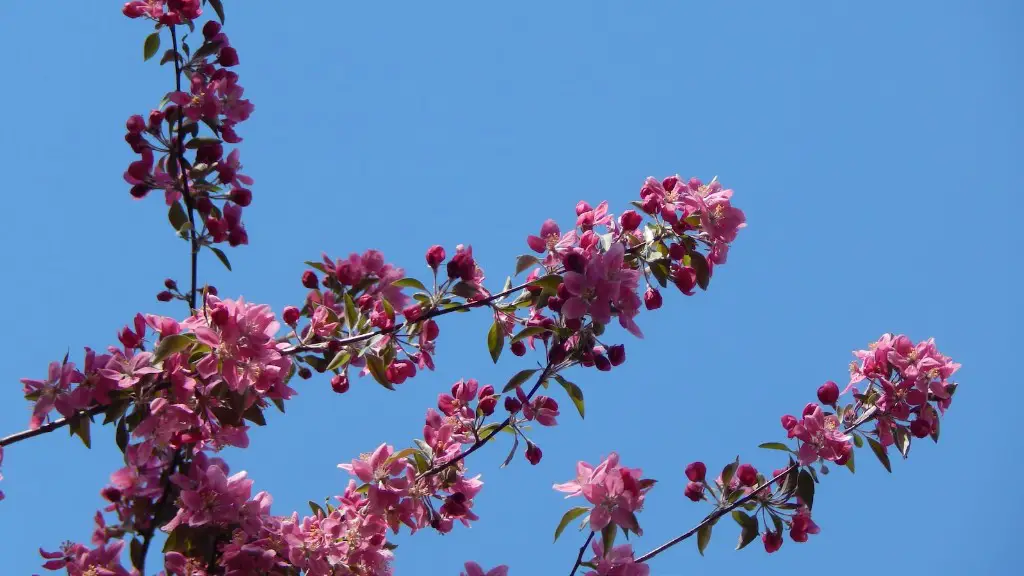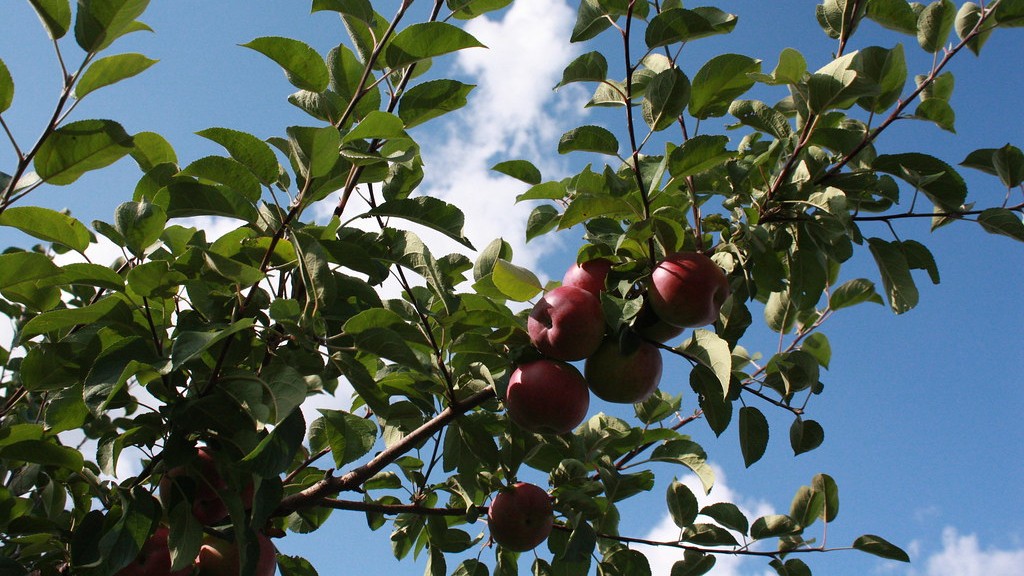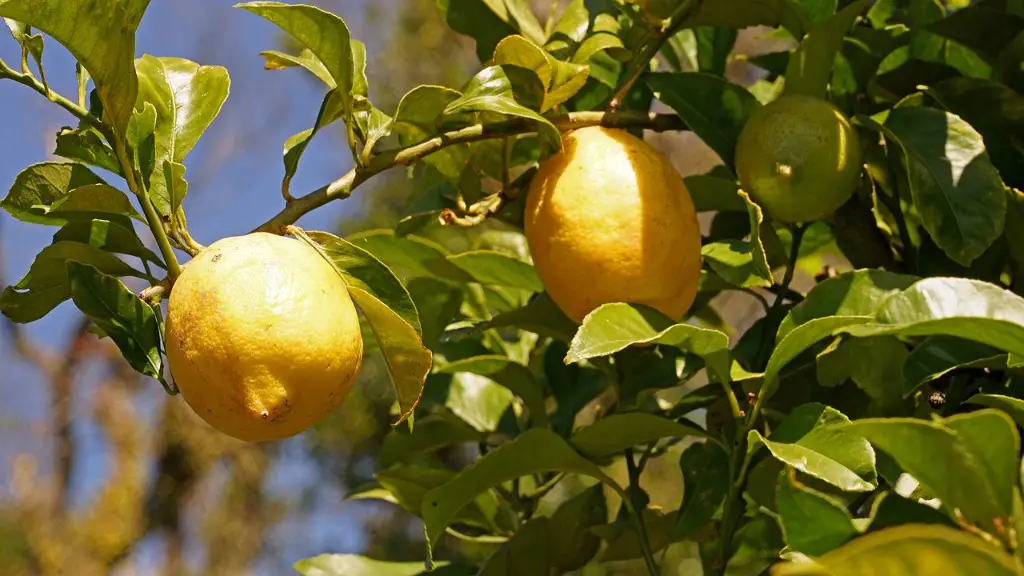History of the Cherry Tree
The cherry tree is an ancient symbol of renewal, growth, and fertility. It was cultivated in ancient Greece and Rome, and its sweet fruits were used to flavor wine and medicines. The Japanese have elevated the cherry tree to a level of reverence almost unmatched by any other culture. In Japan, cherry blossoms are associated with a volatile yet profound beauty—their short but spectacular bloom reflecting the cycle of life and death.
The most common types of cherry trees, Prunus avium and Prunus cerasus, originate from Europe, western Asia, and parts of North Africa. Yet, despite their ubiquity, the significance of the cherry tree is largely confined to East Asian countries. They are such an iconic symbol of the region that there are even several festivals devoted solely to watching its flowers bloom, the most famous being Japan’s Hanami.
Cherry Blossoms in Japan
Cherry blossoms are deeply entrenched in Japanese culture and society. They even have their own literary genre—mono no aware, a Japanese aesthetic term meaning “the pity of things”. This philosophy refers to a melancholic yet spiritual appreciation of the beauty and impermanence of life.
Due to the fast-paced development of the country, Japan is constantly adapting. The cherry blossom has become increasingly ubiquitous in Japan—you’ll find statues and monuments dedicated to the flower, and its motif is even incorporated in fashion, logos, and other artwork.
While there is no clear-cut explanation as to why the cherry blossom is so important to the Japanese, its roots date back centuries. In ancient Japan, the blooming of cherry blossoms signified the arrival of spring. This period was important to the ancient Japanese, as it marked the resurrection of the land and marked the beginnings of the harvest season.
Religious Symbolism
The cherry blossom is also a powerful religious symbol, signifying the renewal and rebirth of human souls. Buddhists associate the flower with the cycle of life — appreciation of its beauty followed by the inevitable passing of each flower. This enduring imagery continues in modern Japan, with people striving to live in the present and accept change.
The cherry blossom is also imbued with powerful symbolism in Shintoism, the traditional religion of Japan. To the Shinto people, the cherry blossom embodies innocence, beauty, and purity—as it is a transient flower, it also serves as a reminder to live life joyfully and to its fullest.
Scientific Significance
Apart from its cultural and religious implications, the cherry blossom is important in the biological world, too. It is estimated, for example, that the cherry blossom produces over a billion tons of pollen every spring. This has an undeniable effect on the environment and ecosystems, and is a reminder of nature’s resilience and power.
An Unexpected Collision of Cultures
The cherry blossom’s cultural weight has even been imported to Western nations. Just one example is the transformation of Washington D.C.’s Tidal Basin into a thriving cherry blossom haven. The Japanese Government gifted 3,000 cherry trees to the National Mall in 1912. The gift was in recognition of the strong bond formed between the two nations, as well as to celebrate the beauty of the natural world.
The event proved immensely popular and was celebrated every ensuing year until World War II, when the annual festival was discontinued for fear of celebrating Japanese culture. With better times, the event was restarted in 1952 and is still celebrated to this day.
Connecting with Nature
Apart from its religious and cultural significance, the cherry blossom also has a deeper spiritual resonance—a reminder of our deep connection with nature and of its power over us. Its short-lived beauty is a reminder of the fragility of life and the importance of cherishing every moment.
The importance of the cherry tree lies in its ability to serve as a reminder of our connection to the natural world and to the cycles of life. In a fast-paced world filled with concrete, steel, and other symbols of progress, the cherry tree’s beauty is an inspiration—a reminder of the powerful cycles that we are all part of.
Cherry Blossoms’ Significance to Humans
Regardless of whether or not we understand the profound symbolism the cherry blossom holds, the fact remains that it holds a special place in human hearts. The short-lived beauty of the cherry blossom is a reminder of the fleeting nature of life. It serves as an encouragement to live life to the fullest and to appreciate the beauty of the world around us.
No matter where it is viewed, the cherry blossom evokes powerful emotions. To some, it signifies of the coming of war, while to others it signifies the coming of spring. To the Japanese, the cherry blossom is a sacred entity—a reminder of life’s inherent beauty and of the profound relationship between humanity and nature.
Sustainability of the Cherry Tree
The cherry tree is an iconic symbol of beauty that has been enjoyed by humans for centuries. However, with climate change and urban development, the sustainability of this special tree is in danger.
Urban sprawl, deforestation, and pollution threaten the existence of cherry trees. The tree’s reliance on insects to spread pollen makes them particularly vulnerable to pollution caused by human activities, such as the use of cars and other means of transport. In some cases, this can result in the failure of a bloom, with fewer and fewer cherries appearing every year.
Human society must work together to protect this special tree. This can be done by planting new cherry trees or by protecting existing orchards. By planting new trees, humans can help restore damage to the tree’s gene pool, helping to ensure its sustainability for future generations.
Conclusion of the Cherry Tree
From its cultural and religious symbolism to its scientific importance, the cherry blossom is a unique and remarkable tree. It has been celebrated for centuries and is still one of the most iconic symbols of Japan and East Asian culture. Through its beauty, the cherry tree reminds us of how important it is to protect and appreciate nature’s delicate beauty.
In a world increasingly consumed by concrete, steel, and other symbols of progress, the cherry tree calls out to us through its short-lived beauty—it serves as a reminder of our shared connection to the natural world and of the power of nature over us.




